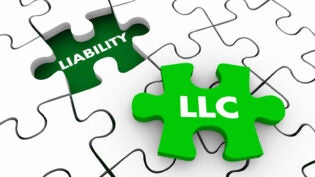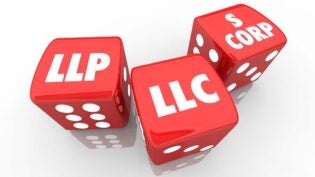
For most new businesses and business owners, keeping it simple is key. After all, launching a new business requires attention to detail and doing many things right. For that reason, most new businesses start out simply as a sole proprietorship or a Limited Liability Company (LLC). As a successful business matures, however, the savvy owner should call time out to consider the S Corporation form of business.
The owners of an active business operating as an S Corporation enjoy a distinct tax advantage over other types of tax entities, particularly sole proprietors, partnerships and LLCs. For the owner of a profitable sole proprietorship, partnership or LLC, the earnings are subject to both income tax and the 15.3% self-employment (SE) tax, which funds Social Security benefits and the Medicare health system. This SE tax is often unanticipated, particularly for new entrepreneurs, and can cause havoc with cash flow at tax time.
In an S Corporation, the owner becomes an employee and is required to be paid a reasonable wage and receive a W-2. “Reasonable” can be different depending on the type and size of the business, as well as the level of profitability. Profits of an S Corporation that are not withdrawn in the form of W-2 compensation escape the additional 15.3% tax for Social Security and Medicare.
The IRS is equally aware of this “loophole” and is vigilant for egregious situations. Using the analogy that “pigs get fat; hogs get slaughtered,” we encourage all S Corporation owners to compensate themselves reasonably to mitigate the risk of a costly IRS challenge. Though “reasonable” will be different in each situation, compensation can be a most useful mechanism for paying income taxes in a fashion to minimize underpayment penalties.
Sole proprietors, partners and LLC owners have an annual opportunity to decide if changing to an S Corporation is the right thing to do. For a business already in existence, the election window is open each year between January 1st and March 15th. Elections made during the window period are retroactive to January 1st and are effective the entire calendar year. Thus, the next window period for existing sole proprietors, partners and LLC owners will be open from January 1, 2019 through March 15, 2019 for the 2019 calendar year.
For newly-created businesses, the election window is initially open for the first 75 days of their existence and then becomes the annual window period described above.
Have a question? Contact Paul Mueller.












